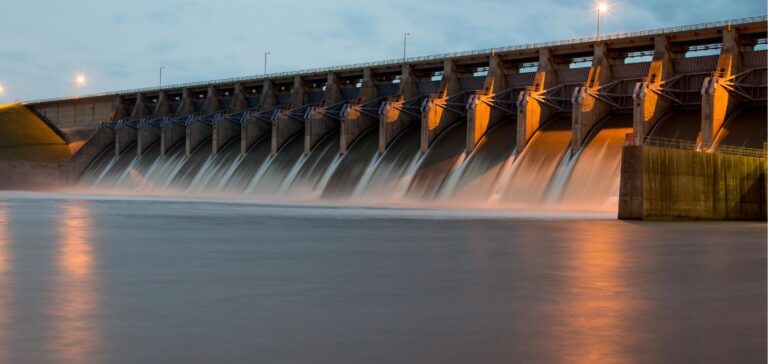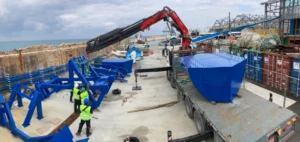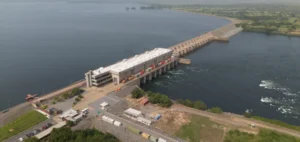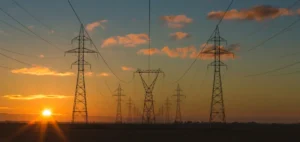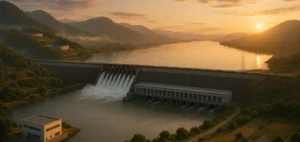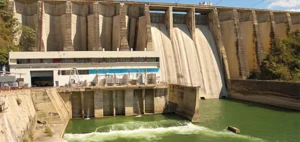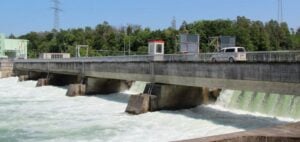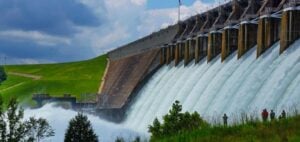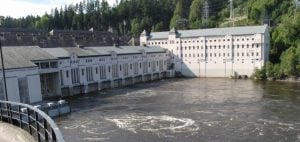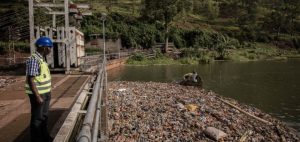he U.S. Department of Energy(DOE) recently announced nearly $600 million in funding to modernize hydroelectric power and advance marine energy across the country.
U.S. releases funds to support hydropower and marine energy
The Maintaining and Enhancing Hydroelectricity incentives will provide up to $553.6 million in incentive payments to maintain and enhance hydroelectric facilities. Meanwhile, a $45 million funding opportunity will support a pilot demonstration site and a tidal and/or community-driven power project in the United States.
These funding opportunities are part of President Biden’s Investing in America agenda and are funded through the bipartisan infrastructure legislation. They represent DOE’s largest investments in hydropower and marine energy, and will play a critical role in achieving President Biden’s goal of 100% clean electricity by 2035 and a net-zero emissions economy by 2050.
Hydropower currently provides 6% of all electricity in the United States and accounts for 32% of renewable electricity generation, as well as 93% of large-scale energy storage. However, many facilities are aging and in need of repair and upgrades. Less than 3% of the nation’s more than 90,000 dams generate electricity, but the addition of generation equipment at these sites could add as much as 12 GW of new hydropower capacity to the U.S. electric system.
Environmental Enhancement: Funding for water quality, dam safety and fish passage
The Maintaining and Enhancing Hydroelectricity Incentives program is designed to enhance existing hydroelectric and pumped storage facilities for capital improvements directly related to system resiliency, dam safety and environmental improvements. Eligible capital improvements include those that allow for the integration of variable resources, such as wind and solar power; for dam safety, such as spillway upgrades and erosion repair; and for environmental conditions, such as fish passage, water quality and recreation.
Letters of intent to submit applications for this opportunity are due by June 22, 2023, 5:00 p.m. Eastern Time. Complete applications must be submitted by October 6, 2023.
The marine energy funding opportunity will make the first large-scale investment in a tidal and/or current energy research, development and demonstration site in the United States. It will also support a tidal and/or community-directed power planning and development project. This investment will promote U.S. leadership in tidal and stream energy development, while addressing community energy priorities and developing the sector’s supply chain and workforce.
Overall, these financing opportunities are critical to modernizing and expanding America’s clean energy infrastructure, and helping the country transition to a more sustainable future.

